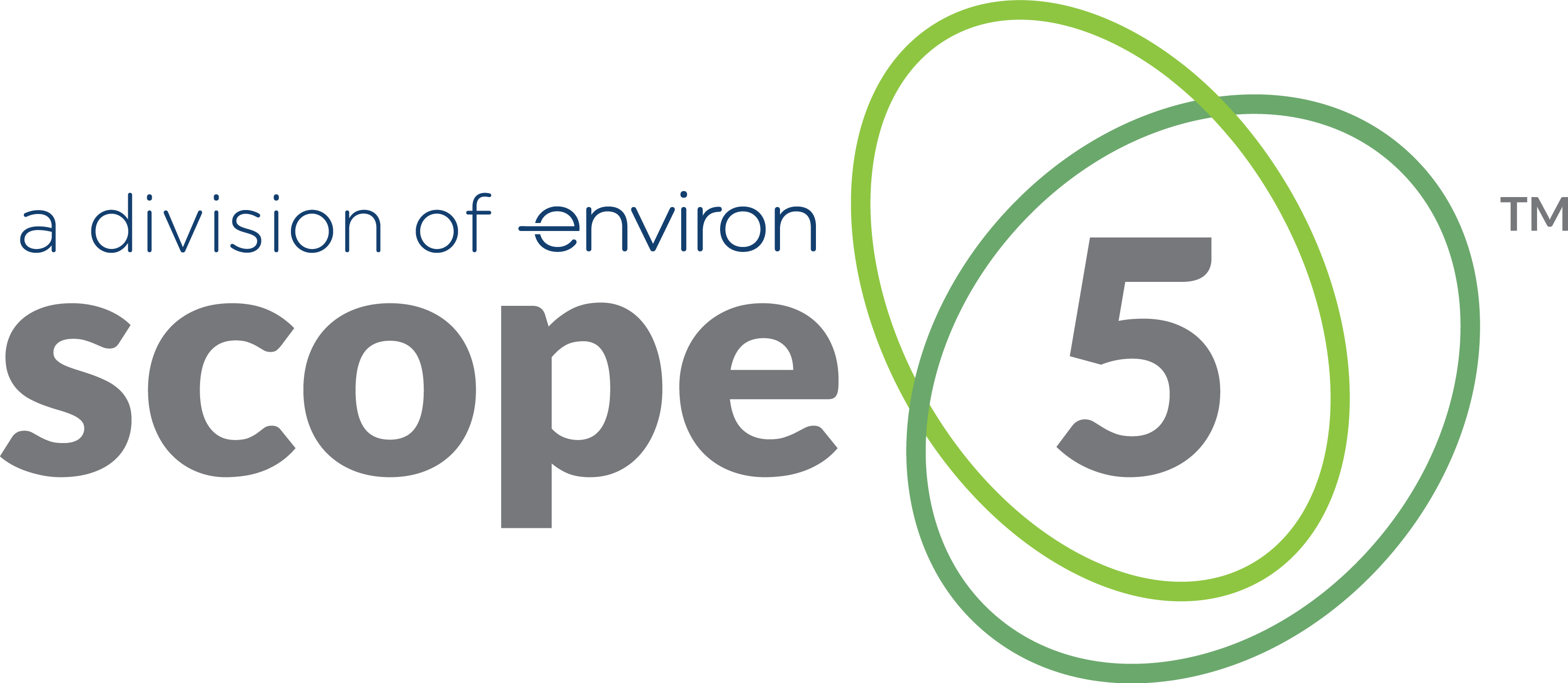The origins of modern financial accounting standards are centuries old. The origins of greenhouse gas (GHG) accounting, by contrast, are two or three decades old. Is it any wonder we’re still working out the details? At Scope 5, much of our work revolves around helping our clients develop methodologies for and conduct, their greenhouse gas inventories.
In other words, our software lives in the world of greenhouse gas accounting.
For many, this kind of accounting remains voluntary. Until recently, reporting results that were “in the ballpark” was considered good enough. But more and more organizations are seeing the need to apply stricter standards. Audits, carbon fees and material errors in their GHG inventories are suddenly consequential.
In this article, we’ll review an example of just one kind of error that we see frequently in GHG accounting. This example is common among those organizations for which utility activity is a material source of emissions and data from utility invoices contributes to their emissions accounting.
Distribution of Greenhouse Gas Emissions Over Time
This article focuses on distribution of emissions over time.
Consider this example:
A company’s sustainability team is working on their 2016 inventory. They’ve collected a stack of electricity bills that quantifies their electricity activity for calendar year 2016. You might think it would be a simple matter to calculate total usage for the stack and multiply by the appropriate emission factor to get the resulting electricity emissions for the year.
After all, they have a stack of 12 bills. Each bill has a few dates on it. The bill at the top has a bill date of 1/14/2016. We flip through the stack and see that each bill has a bill date for the next month, in sequence, with the last in the stack, dated in December 2016.
Perfect, you may think. But is it?
1/14/2016 is the date the bill was generated – an event that has little to do with when the related emissions were emitted. A closer look reveals each bill has a service start date and a service end date.
Now These Are More Meaningful
Digging deeper, the bill at the top of the stack has a service start date of ‘12/4/2015’ and a service end date of ‘1/5/2016’. It shows a usage of 413,378 kWh.
This is telling us that over the 33 days spanning December 4th, 2015 to January 5th, 2016 the company used 413,378 kWh of electricity. Although this may be the ‘January 2016 bill,’ 28 of the 33 days of electricity use were in 2015, not in 2016!
In other words, including 413,378 kWh of electricity and the resulting emissions in the 2016 emissions inventory would be a mistake.
How Does One Mistake Effect Greenhouse Gas Accounting?
Such an error might not be that meaningful – after all, the activity for December 2016 would be omitted since we don’t have the January 2017 bill in our stack. Totaling the 12 bills in our stack would include a little extra from 2015, but that would be compensated for by the fact that we’d exclude a little from 2016.
No big deal, right?
What if December 2015 was an anomaly?
By way of example, let’s say our company heats warehouses using electricity and December 2015 was a particularly cold month. Digging up the January 2017 bill we see that December 2016 was an unusually warm month and the omitted activity for December 2016 was only 84,089 kWh. So – we’d be including 413,378 kWh erroneously and excluding 84,089 kWh to make up for it. But the numbers for the two Decembers aren’t even close – in December 2015, we used almost 5 times as much electricity as in December 2016! By totaling the 12 bills in or stack, we’d be significantly overstating our 2016 emissions.
Conclusion: We need to prorate the first and last bill to correctly sum all activity attributable to 2016 and none of the activity attributable to 2015 and 2017.
You can step through the math in this Scope 5 Featured Article, “Are You Making Material Mistakes in Your Greenhouse Gas Accounting?” in the Scope 5 Features Article section in Resources.
Scope 5’s Application Design
With greenhouse gas accounting, timing is essential. Underlying activity must align with the time period of interest. In the case of utility activity, numbers are often taken from bills that reflect meter readings corresponding to particular service periods. Activity for service periods that are not entirely included within the period of interest must be prorated.
The overall design of the Scope 5 application, and the fact that the web form specifies service date and internal algorithms prorate, help you avoid material misstatements so your sustainability data has integrity required for critical decision-support.
